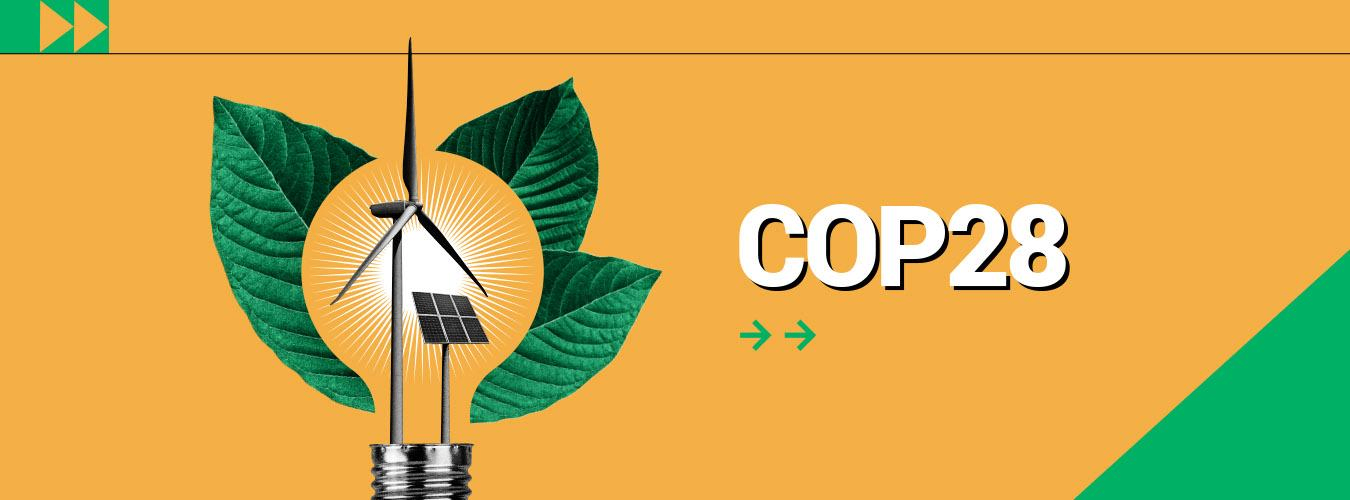$20 billion coming soon! Indonesia's renewable energy financing plan gets big country support
Indonesia's energy transition "has more opportunities than money," and the deputy minister will lead a fiscal plan backed by the G7 to push for the release of $20 billion.。
Indonesia says it is ready to implement a $20 billion renewable energy financing plan backed by the G7 (Group of Seven) and other financial institutions, but investors must change their "business-as-usual" mentality to finance key projects that reduce coal-fired power generation.。
More than 400 power projects have been identified to support Indonesia's Just Energy Transition Partnership (JETP).。Under this mechanism, developed countries have pledged to mobilize funds to help developing countries accelerate their transition to clean energy and achieve net-zero emissions targets.。
The policy was finalized at the end of November this year and Indonesia is awaiting the relevant financial support that has been pledged.。Indonesia is the largest recipient of the JETP program, followed by Vietnam and South Africa.。
Rachmat Kaimuddin, Deputy Minister of Infrastructure and Transport of Indonesia's Ministry of Maritime Affairs and Investment Coordination, said: "We are always open to commercial activities.。Whether it is the deployment of commercial capital, concessional capital or grants, Indonesia has unlimited possibilities.。And right now, Indonesian financing has more favorable terms than commercial financing.。"

Speaking at COP28, Kaimuddin added: "Building the transmission system is a top priority for Indonesia.。"
Indonesia is one of the world's largest coal exporters, with about 60 percent of its electricity coming from fossil fuels.。The financing plan calls for Indonesia to increase the share of renewable energy in grid-connected power generation from about 13% today to 44% by 2030.。
As Southeast Asia's largest economy, Indonesia's transmission lines typically connect dispatchable coal-fired and gas-fired power plants (facilities that can quickly adjust power generation) to nearby sources of electricity demand.。
Today, Indonesia will have to replace these fossil-fueled power plants with dispatchable renewable energy facilities such as geothermal and hydropower.。These energy sources are essential back-up supplies for less reliable sources of electricity, such as solar and wind, but generate more limited electricity and are usually far from the source of demand.。Therefore, Indonesia is in urgent need of transmission investment。
However, many of the investors who signed up to the financing plan are more focused on building renewable power generation facilities that are easier to commercialize, which creates a "gap."。And discussions about financing projects remain as usual, with investors still considering local risks, whether they can get a return, and so on.。
Kaimuddin said: "Although there are other renewable energy needs, we will not be at our best without the establishment of this transmission and smart grid system.。If the climate is not a problem, then this system is not needed, but Indonesia has no choice now, because transmission does require more favorable funding, so we need international support。"
At the same time, Indonesia is also discussing with partners how to shut down existing coal-fired power plants, many of which are relatively new and still economically valuable.。Indonesia has always wanted to limit the use of coal-fired power plants, hoping to "stop operating self-contained power plants by 2050 and require new self-contained power plants to emit less emissions than existing facilities."。
"If we were to close these plants, we would need very favorable grants or grants to help us reduce costs," Kaimuddin said.。
However, the new investment plan does not include off-grid power plants (such as nickel smelters) built by industrial users, which are at the core of Indonesia's development of key mineral industries.。Indonesia's financing blueprint has been criticized for failing to address the "surge in self-contained power plants," and carbon emissions from these plants may rise in the period since then.。
In response, Kaimuddin said: "We have not yet explored the best solution, but it is hoped that more in-depth research on off-grid power plants can be started soon, and the financing plan needs to be updated and more measures need to be taken to mobilize funds and link them to suitable projects.。"
·Original
Disclaimer: The views in this article are from the original Creator and do not represent the views or position of Hawk Insight. The content of the article is for reference, communication and learning only, and does not constitute investment advice. If it involves copyright issues, please contact us for deletion.